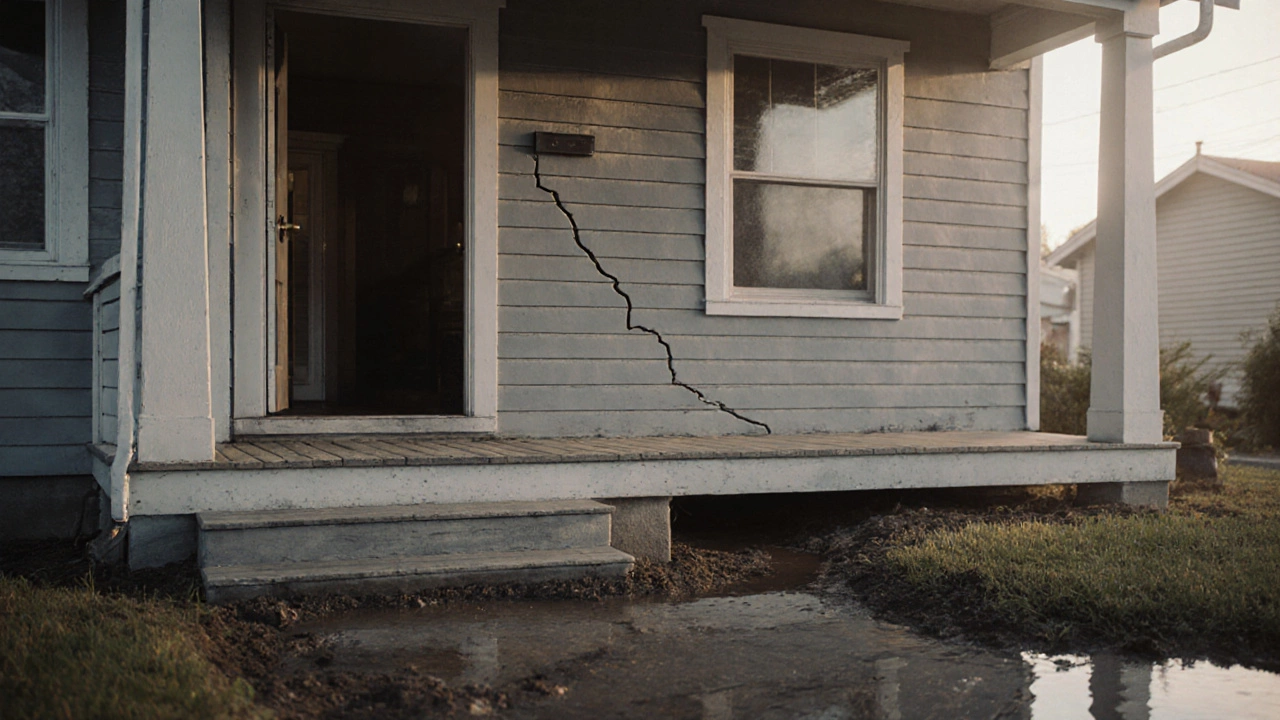Crawl Space Cracks: What They Mean and How to Fix Them
When dealing with crawl space cracks, visible fractures in the concrete or earthen walls of a home's crawl space that can signal deeper problems. Also known as basement wall cracks, they often point to moisture intrusion, water seeping into the crawl space from groundwater, poor drainage, or leaking pipes. Moisture intrusion, in turn, can cause structural damage, weakening of joists, beams, and support walls that compromises a building's stability. Another closely linked issue is foundation cracks, splits in the main load‑bearing concrete that often spread into the crawl space walls. Together these entities form a chain: crawl space cracks indicate moisture intrusion, moisture intrusion can lead to structural damage, and structural damage frequently results in mold growth and costly repairs.
Common Causes and Warning Signs
If you spot crawl space cracks during a routine check, start by looking for discoloration, efflorescence, or a damp scent. These signs usually mean water is gathering behind the wall, which accelerates the widening of the crack. Seasonal changes play a big role—when the ground freezes and thaws, the soil expands and contracts, putting pressure on the foundation and crawl space sheathing. Poor grading around the house can direct rainwater toward the foundation, while clogged gutters create similar drainage problems. In older homes, settling over decades often creates tiny gaps that later become larger cracks as weight shifts. When cracks exceed a quarter inch, or when you notice uneven floor levels, it’s a red flag that structural damage may be progressing beyond superficial repair.
Repair strategies depend on the severity and source of the problem. For minor hairline cracks, epoxy sealants or flexible polyurethane injections can stop water ingress and reinforce the wall. Larger gaps usually need a combination of waterproofing membranes, interior drainage systems, and possibly reinforcing the footing with carbon‑fiber wraps. Addressing the root cause—whether that’s re‑grading the landscape, installing a French drain, or fixing leaking plumbing—is critical; otherwise the repaired crack will simply reappear. Professional assessments often involve a moisture meter, a structural engineer’s report, and a cost‑benefit analysis of repair versus replacement. By tackling both the crack and its underlying drivers, homeowners can protect the integrity of their foundation, avoid mold growth, and preserve long‑term property value.
Below you’ll find a curated set of articles that dive deeper into each of these topics. From identifying major foundation issues to DIY repair guides and advice on long‑term maintenance, the collection offers practical steps you can take right now. Whether you’re a homeowner spotting the first signs or a seasoned renovator planning a thorough overhaul, these resources will help you understand, assess, and resolve crawl space cracks effectively.
Are Foundation Problems Common in Older Homes? Insights & Prevention
Explore why older homes often face foundation problems, learn to spot warning signs, and get practical maintenance tips to prevent costly repairs.
full article




